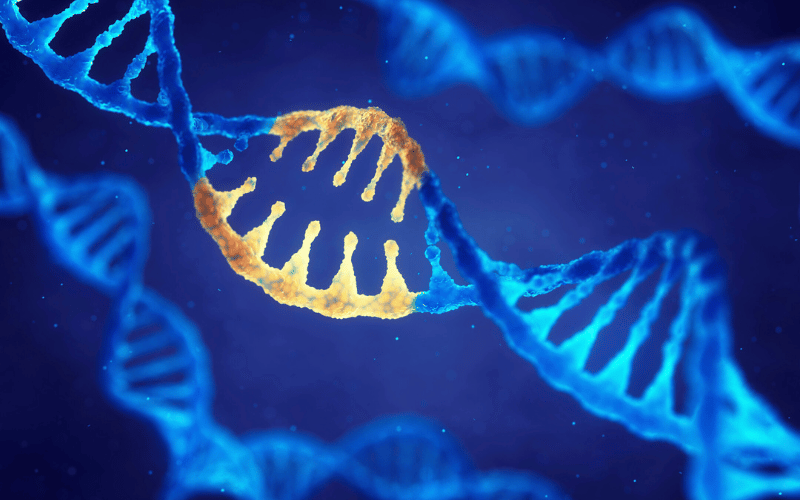Fact 10: CLL’s Genetic Aspect

Diving deep into the molecular world, it’s evident that our genes often hold answers to many medical puzzles. In the case of CLL, genetic factors can play a crucial role, from disease onset to its progression and even response to treatments.
Not all CLL cases originate from genetic mutations, but for many, certain genetic anomalies act as a catalyst. There are mutations, like those in the TP53 or IGHV genes, which influence how aggressive the disease is and how it responds to treatments. When these mutations are present, CLL tends to be more challenging to treat, making regular genetic screenings pivotal.
While CLL itself isn’t directly inherited, a family history can increase the risk. Those with close relatives – a parent, sibling, or child – diagnosed with CLL might have a slightly elevated risk. However, it’s worth noting that most patients don’t have a family history of the disease. Genetics can predispose, but it’s not the sole determinant.
As medical science advances, treatments become more tailored. For CLL patients, genetic testing is not just about understanding the disease; it’s a tool that shapes treatment plans. By identifying specific mutations or changes in the DNA, oncologists can pinpoint which treatments might be most effective or if a patient is likely to relapse.
Rooted in genetics, targeted therapies are designed to zero in on specific molecules or pathways involved in CLL’s growth and survival. These treatments, sometimes used in conjunction with chemotherapy, offer a more precise approach, minimizing collateral damage to healthy cells. (10)